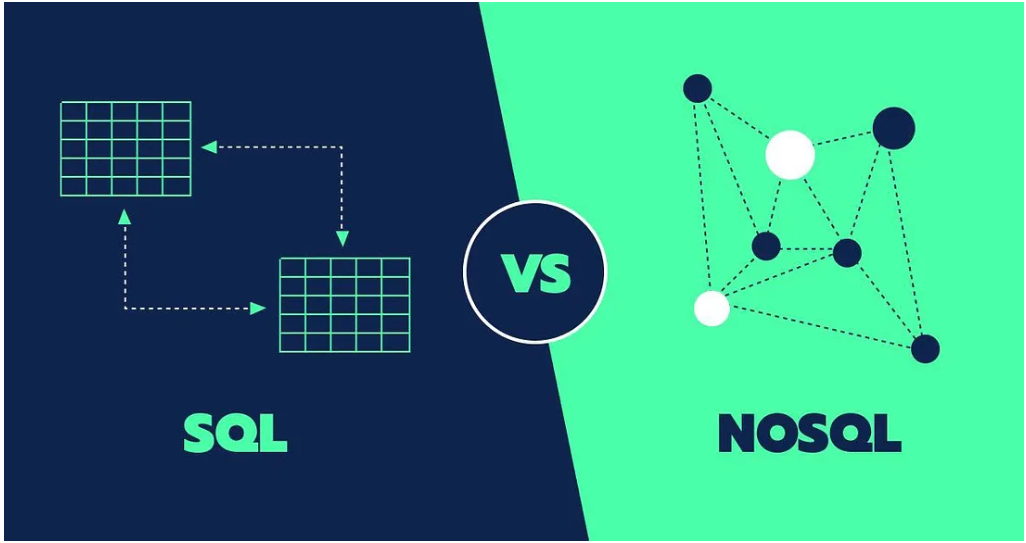Backend Developer! SQL or NoSQL?
 Favedev
Favedev
Let me share a story with you about a developer friend named Alex. You see, Alex is just like many of us—someone who's passionate about building the best backend possible, but often caught in the middle of choices that can make or break a project. One of the most significant challenges Alex faced was a classic dilemma: SQL vs NoSQL.
It was late one night when Alex found himself in this very situation, staring at a mountain of data that seemed to defy the boundaries of the SQL world he’d always known. Up until that point, SQL had been his trusted ally—structured, predictable, and perfect for handling relationships between tables of data. It was the foundation of every project he'd ever done, a sturdy tool that never let him down.
But this project was different. The data was more dynamic, and the requirements kept shifting. New user interactions, social media inputs, real-time data—none of it fit neatly into the tables SQL demanded. Alex was at a crossroads.
A colleague named Sam—suggested taking a look at NoSQL, specifically MongoDB. Sam was glowing about the flexibility and scalability that NoSQL offered, painting it as a liberating escape from the rigid structure of relational databases. It sounded like a dream solution, but Alex wasn’t sure. Could he really break away from his trusted SQL?
The truth is, many developers have been right where Alex stood, torn between the structured comfort of SQL and the wild, flexible nature of NoSQL. It's like choosing between two paths, each with its pros and cons. SQL offers order, consistency, and the peace of mind that comes with ACID transactions. But then there’s NoSQL, promising scalability, real-time performance, and the ability to grow alongside a project without forcing everything into predefined schemas.
The emotional tug-of-war is real. Alex felt it, and I’m sure you’ve felt it too at some point in your own journey. Do you stick with the safe and familiar, or do you take a risk on the unknown? It’s a choice that can feel overwhelming—especially when the stakes are high.
But here’s where Alex’s story takes a turn: he realized he didn’t need to choose one over the other. Instead, he decided to combine the strengths of both. He used SQL where data integrity, transactions, and relationships mattered most. And for the parts of the project that needed speed, scalability, and flexibility—like handling unstructured data from real-time interactions—he embraced NoSQL.
By blending the two, Alex found balance. And it’s this lesson that I want to share with you today.
When it comes to backend development, there isn’t a one-size-fits-all answer. SQL and NoSQL each have their place in a developer’s toolkit. Sometimes the best solution isn’t in picking one over the other, but in knowing when and how to use both.
So, the next time you find yourself in Alex’s shoes—wondering whether SQL or NoSQL is right for your project—remember that it’s not about choosing sides. It’s about crafting the best solution for your unique data story. The key is to understand your project’s needs and embrace the tools that will help you tell that story most effectively. Whether it’s SQL, NoSQL, or a hybrid approach, the decision is yours to make.
In the end, Alex’s journey is all of our journeys. It’s a reminder that as backend developers, we aren’t just building systems—we’re crafting stories, and the databases we choose are the tools that help us bring those stories to life.
Subscribe to my newsletter
Read articles from Favedev directly inside your inbox. Subscribe to the newsletter, and don't miss out.
Written by

Favedev
Favedev
I'm a Backend Developer(nodejs) who is passionate about growing and becoming a better version of myself. I'm equally a Technical Writer with the purpose of bridging the gap between Developers and Clients.